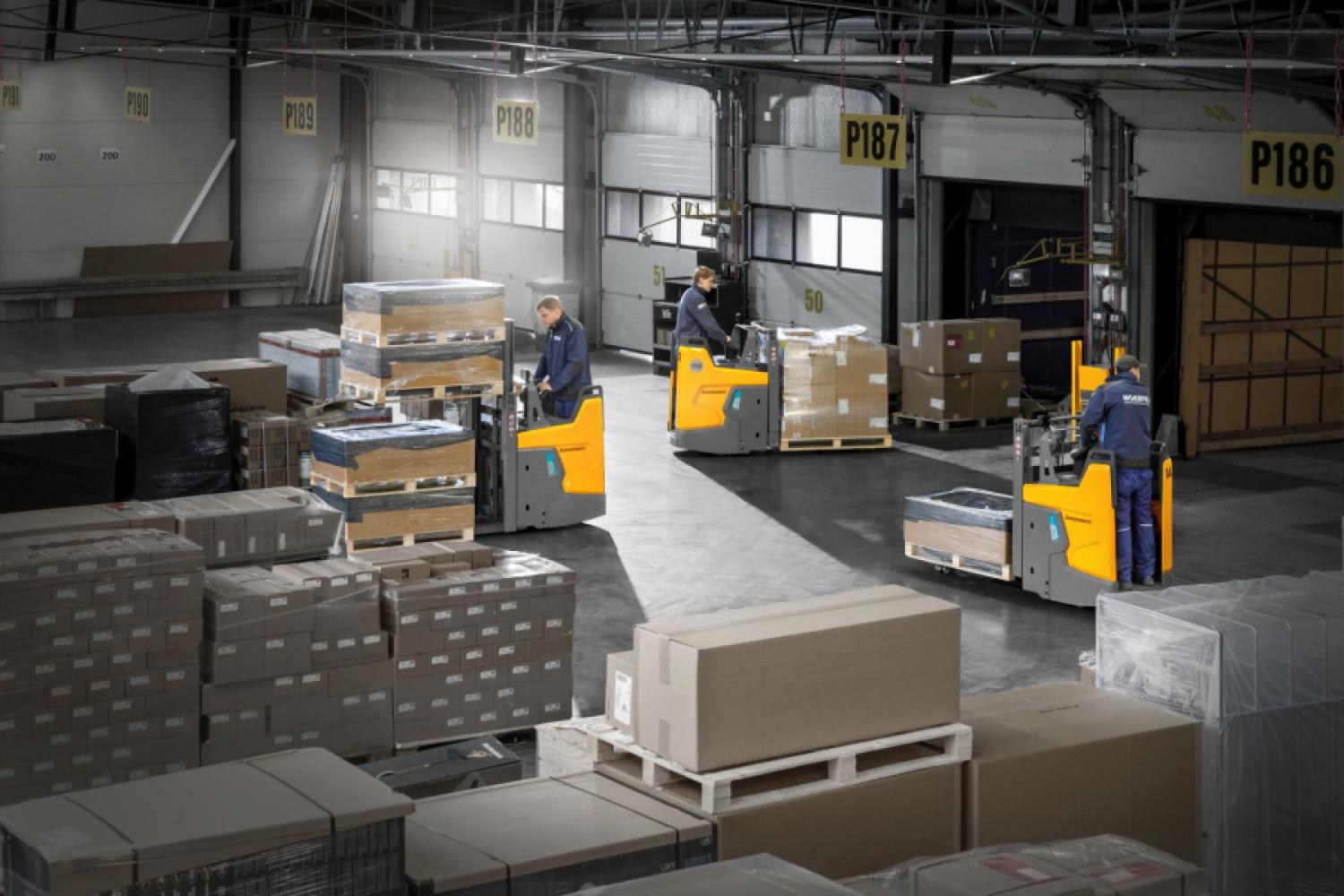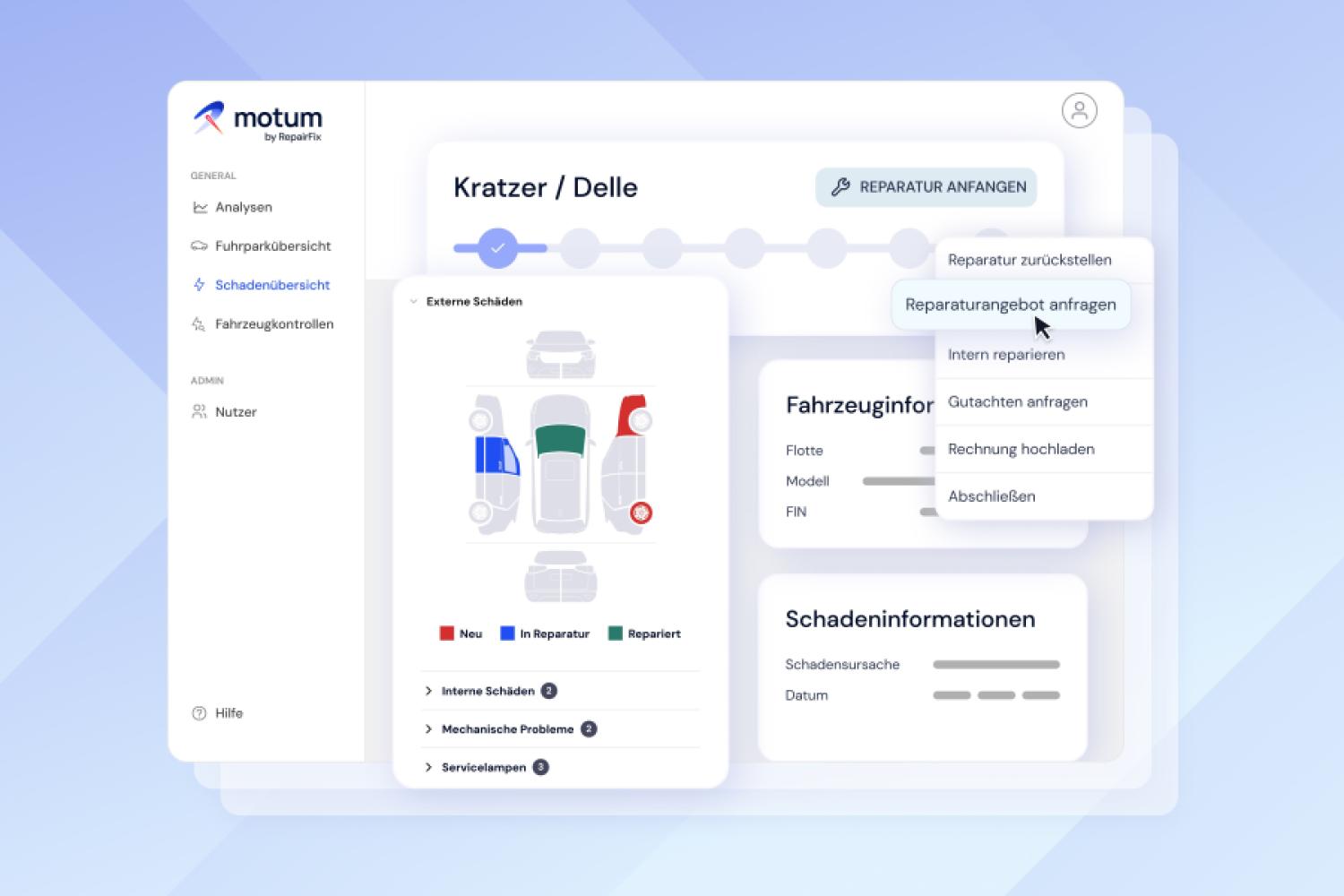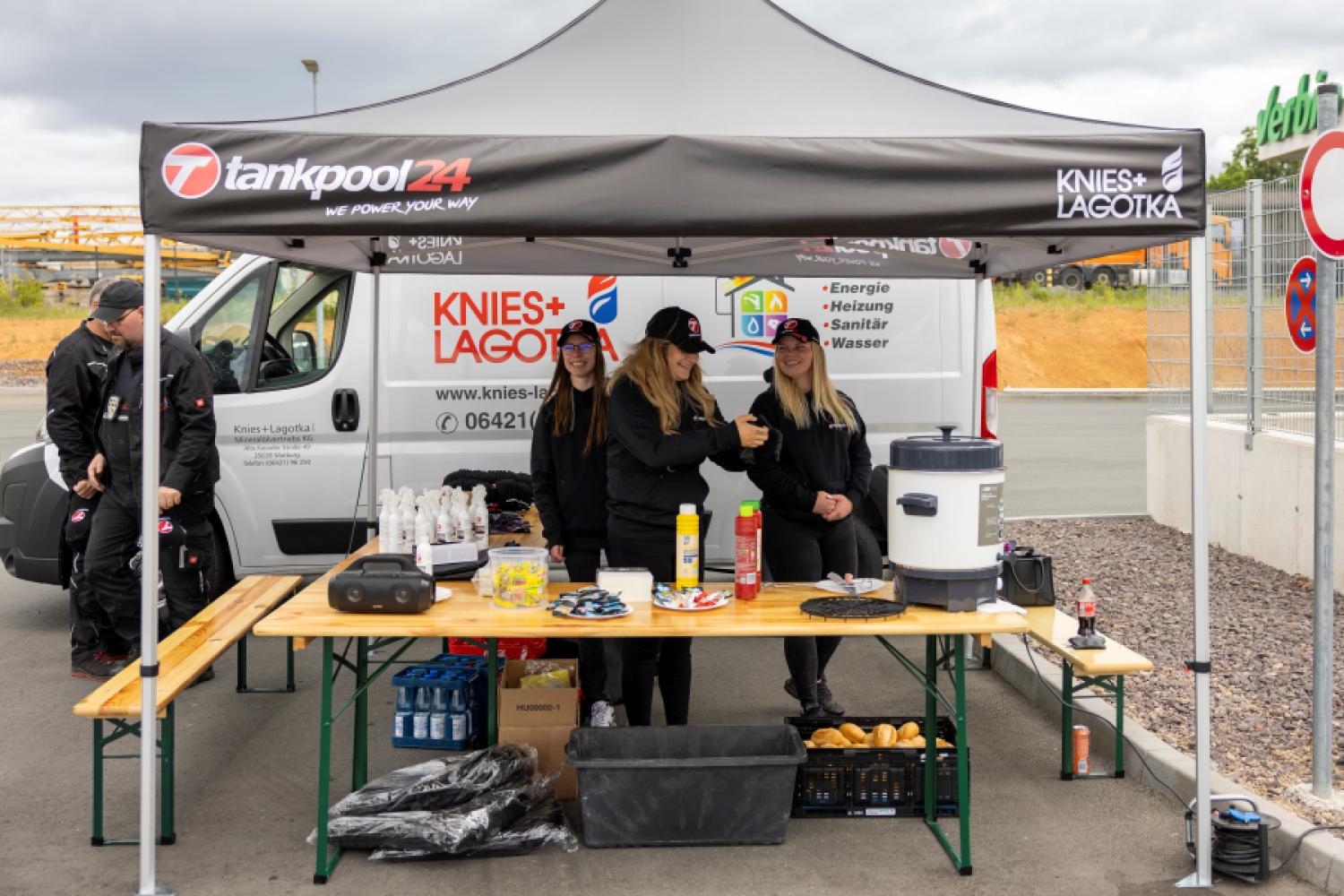Technologies for industrial and off-road vehicles were the focus at the iVT (Industrial Vehicle Technology) Expo in Cologne in June 2025. The off-road sector is also among the target groups of Brigade, a provider of safety solutions for commercial and machinery vehicles, which showcased its surveillance electronics at the fair. From the portfolio of camera, recording, and detection systems, for example, is the Backeye360 camera system, which received a KI update about a year ago and, according to the information, is one of the company's best-selling applications. Another highlight for the UK-based commercial vehicle safety expert was the introduction of a new driving safety solution as its latest product.
Above-average accident rates
Safety systems are an important feature of commercial vehicles not only in the transport sector and passenger transportation but also in the off-highway area. Industries such as construction, mining, agriculture, as well as material transport and the logistics sector with its machinery for goods transport, and forestry, according to Brigade, have a high rate of accidents.
“Although Germany is among the EU countries with the lowest mortality rate among workers, the number of deaths and injuries in these sectors is above average,”
reports the company, which introduced its first reversing alarm in London in 1976. At that time, the development received little recognition in the commercial vehicle industry and failed to convince the government. However, the founder's persistence paid off, providing the company with a developmental advantage from which it still benefits today: meanwhile, systems of this kind are part of mandatory vehicle equipment. “Thanks to the experience and knowledge gained since those early years, Brigade today benefits from unparalleled
knowledge of the industry as well as customer issues,” it states on its website.
Construction site risk factor
The importance of good safety systems for industries dealing with heavy loads is illustrated by Brigade through figures. In Germany, a total of 118,000 accidents occurred on construction sites alone over a ten-year period from 2011 to 2021. Of these, 2,700, or just over two percent, were classified as serious, although the severity of the collisions is not further specified. More precise figures are available for the following period:
According to IG Bau, there were a total of 74 fatal accidents on construction sites in Germany in 2022, or more than one per week. A look at the current data from the construction union shows that the figures are not improving: a total of 79 accidents were fatal in the construction industry last year, 2024, in addition to 30 commuting accidents with the same outcome. And according to the same source, the construction occupational insurance association currently reports more than 90,000 work accidents annually in the construction industry.
Danger of agricultural and forestry work
The situation is similar in forestry work. In this sector, there were 4,834 “accidents” recorded in 2020, a high number of which involved vehicles. For the previous year, Brigade reports: “According to the Gesamtverband der Deutschen Versicherungswirtschaft (GDV), nationwide in 2019, 59 people were killed and 618 seriously injured in accidents involving tractors.” And this only refers to the area of tractors. Alarming figures are also provided by the construction union: “For agriculture and forestry, the Social Insurance for Agriculture, Forestry, and Horticulture documented nearly 58,000 accidents in 2023.” In
these, 125 workers lost their lives. Brigade summarizes:
“Off-road construction sites can be dangerous workplaces. With excavators, dumpers, wheel loaders, and other massive machines turning and reversing uncontrollably, dangers lurk everywhere.”
Isolation from external signals
The blind spot, for example, is considered one of the paradigms for fatal traffic accidents, but it even more strongly affects the off-road area: because here, employees often work with hearing protection, which hardly allows them to perceive approaching vehicles. Brigade: “Even when an acoustic warning sounds, it is a sad fact that these have become so commonplace on a construction site that the workers become immune to their presence and ignore them.”
Accident risks are further increased by bad weather, limited visibility, and working in the dark.
Backeye360 AI
The vehicle safety specialist presented its protective systems at iVT 2025 through several products aimed at preventing collisions. These include especially AI cameras, a new generation of active blind-spot detection, which, using artificial intelligence (AI), detects pedestrians within a predefined detection area and visually and/or acoustically warns the driver as needed. Thanks to integrated image processing, the camera does not require any additional equipment or hardware.
Among the solutions in this area, Brigade presented its “best-selling” camera system Backeye360 AI, which, using the latest technology, aims to optimize the driver's view and eliminate blind spot dangers. According to the provider, the system works with four high-resolution cameras that can eliminate the vehicle's surrounding blind spots thanks to virtually complete coverage. For the driver, the various camera captures are merged into a single image. The previously introduced and still available Backeye360 system also works with the same all-around
view through four cameras—just without the artificial intelligence data.
Brigade explains the functionality of its AI systems on its website:
“The operating system used in the cameras is 'trained' to recognize humans based on algorithms. The system is equipped with an HD camera with integrated computing power, enabling it to recognize if a human is within the detection area.”
The components are easily installed with “plug-and-play”—“making them an attractive option for large fleets.” Additionally, the components are protected against dust ingress, high-pressure water, and high temperatures.
Detecting concentration weakness
As a novelty, Brigade also introduced its driving safety camera, a proactive driver assistance system that, also utilizing AI, aims to reduce accidents due to driver fatigue or concentration weakness. The development works with a single camera that monitors the interior or the driver. “The integrated AI analyzes signals such as yawning and provides the driver with acoustic warnings.”
According to the description, the application, compatible with vehicle tracking and installable via smartphone app, consists of a main control box and a camera directed at the driver, including associated cables, and registers features such as drowsiness, yawning, distraction, phone usage, smoking, or even not wearing a seatbelt. Upon corresponding expressions, a three-level alarm is issued. The detected movements are not recorded but only alarms and images are sent when behaviors are identified.
The system was developed for the safety standards required for heavy trucks in the European Union (EU) under the General Safety Regulation (GSR) EU 2019/2144. They apply to all newly manufactured and existing vehicle models with additional safety systems. According to its own information, Brigade's driver safety cameras meet the requirements






